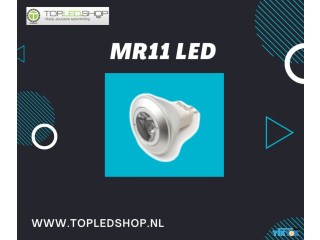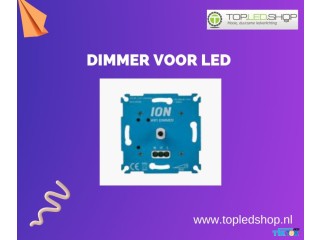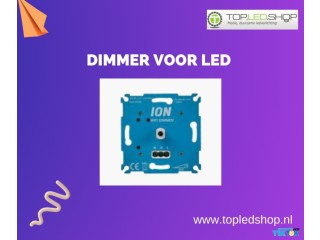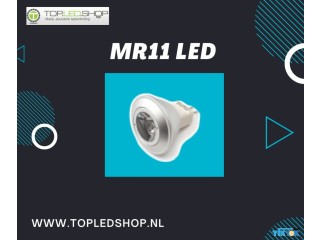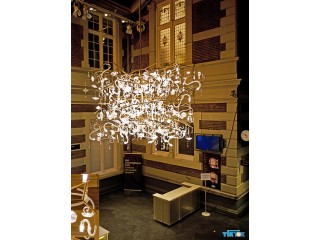Water Well Maintenance and Rehabilitation Private
2 years ago - Multimedia - San Antonio - 28 views -The purpose of the study to obtained water well screens opening size and gravel packs size, and to access within the groundwater inter through the aquifer to the well screen and prevent running sand from entering the well. The use of properly designed screen and gravels are important and this paper is an important reference for the design of groundwater wells. In this study, the purpose of the circle method is to design water well and the benefits of sand control. The determination of screen slot size and its variation in the opening is often a major aim of hydrogeological studies. However, measurement of hydraulic conductivity (K) at a high spatial resolution in sedimentary aquifers is a challenge. One commonly used approach is to estimate slot size from grain size analysis. The objectives of this study are to compare between curve of grain size analysis, bar graph and circle method used applied different formulas for the determination of slot size from grain-size data and to evaluate how well this method predicts slot size and gravel pack. Correlation between the mechanical analysis curve, bar graph and the circle methods were found for the used applied different formulas. Based on circle results, the applied circle formulas appear to be suitable for an initial assessment of aquifer properties. However, considering the difference in calculated aquifer parameter values, results are smaller significantly and reliable for the high analysis of aquifer materials.
The well screen is the component of a well which provides an opening through which water enters the well casing from the aquifer, as well as stabilizing the material in the “near-well zone” and preventing it from entering the well. Screens may be constructed with a variety of different materials and designs, as appropriate to the design of the well and its aquifers. Typical types of screen are:
Horizontal bridge slot screen, a pipe-based well screen with punch-formed downward facing louver-shaped openings.
Continuous wire wrap screens, manufactured by wrapping shaped wire around an internal array of rods.
Bridge slot screens, produced by rolling and welding perforated steel plates or sheets.
Machine-slotted (milled) screens, manufactured by milling casing with axially oriented precision cutters.
Well casing perforated in place with a mills knife or a hydraulic perforator lowered down the cased borehole.



